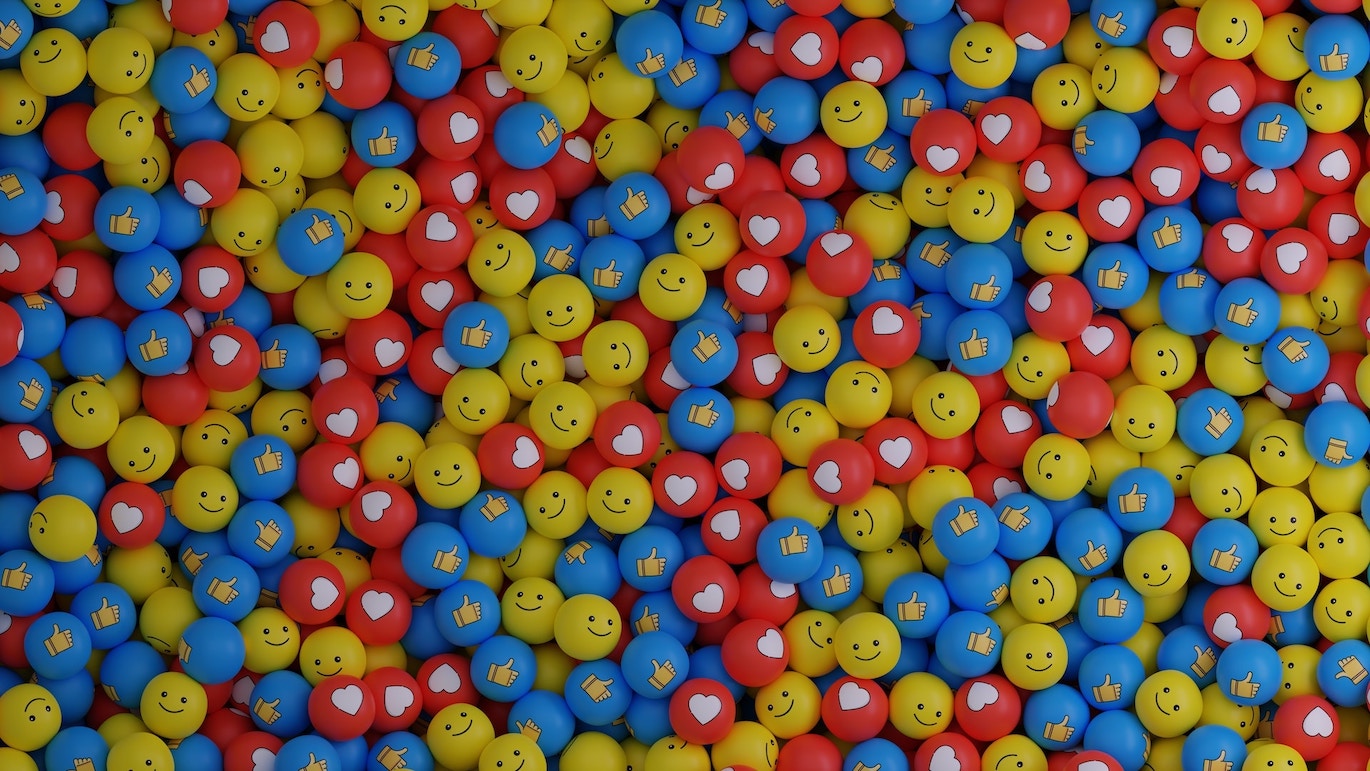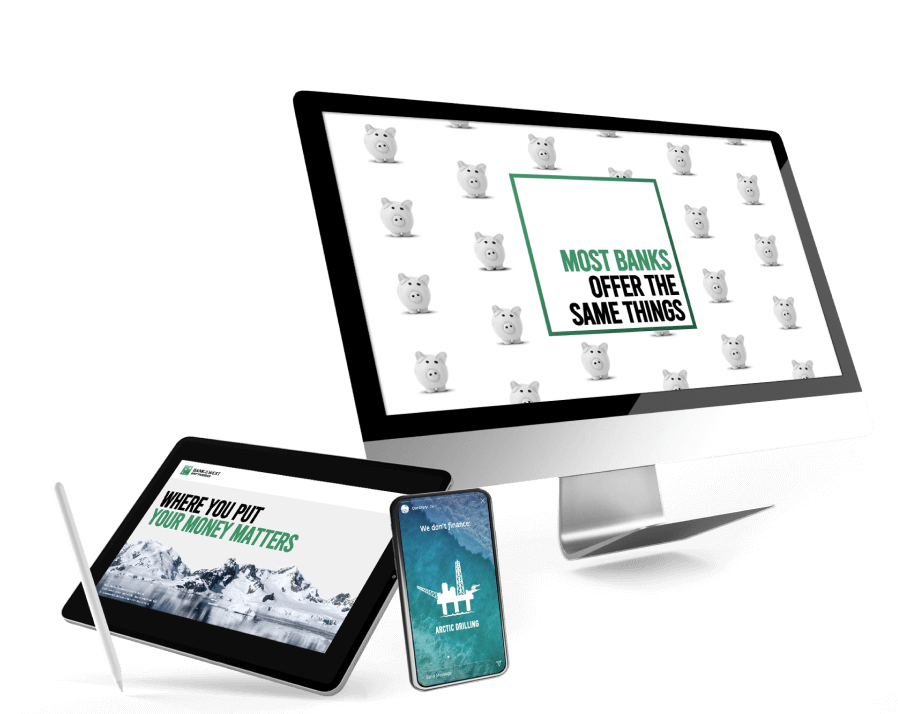6 secrets for an inspiring creative brief

These secrets are from McGuffin Mornings with Howard Ibach. Learn more about McGuffin Mornings.
According to Howard Ibach, there is a direct link between the creative brief and eliciting inspired work in fewer creative rounds. In fact, in the seminars he teaches on mastering the creative brief, Ibach asks brand managers, product developers and agency account people, “How often do you see truly brilliant work in the first round?” The answer usually comes in at around 20%. Then he asks creatives, “How often do you get a truly inspiring brief that really gets your juices flowing?” The response typically averages one in 10.
Ibach said he promises his seminar attendees that they can reduce the number of creative rounds by at least one, getting to better work faster, saving time, money and frustration.
Below are some of the secrets he shares with both client- and agency-side branding folks to help them capture that elusive unicorn — the truly inspiring creative brief.

The power of the creative brief cannot be underestimated in that it is the key to changing people’s minds. And possibly more importantly, it has to motivate your creative team.
“I call it the clarity brief. And what is its purpose? To identify the one insightful inspiration for your creative partners,” Ibach says. “It must be a compelling statement that drives them to imagine the one big sales-generating idea.”

With lots of thought and time, and with team collaboration that includes creatives, Ibach asserts you can capture the unicorn of the compelling, emotionally rousing, inspiring creative brief.
TL;DR: a creative brief should never be written by one person. It is not the job of the account executive or creative director to write an entire brief that they think will get the green light. It has to be a team effort in order to work. This includes the client too.
Ibach stresses that the interaction, friction and occasional argument in the collaborative approach delivers the most polished outcome.

The one insightful inspiration in your brief should be a compelling statement that speaks from the perspective of the customer, their needs and how the brand, product or service answers them. You can only get to this insight by relentlessly asking why.
Ibach suggests using the traditional 5 whys method when collaborating with your team to get in the habit of drilling down to find your inspiration. Your big idea should articulate a unique emotion-driven narrative that sets your brand apart and leads people to covet it.

Ibach argues that constraint — the act of reduction —is essential. And this is accomplished through the courageous act of editing and editing some more. Ibach paraphrases the author Antoine de Saint-Exupéry: “Perfection is achieved when there is nothing left to take away.”
The spartan canvas of the spare brief allows for interpretation and imagination, the cornerstones of brilliant creative. In fact, Ibach notes, the children’s book Green Eggs and Ham resulted from the challenge that Dr. Suess gave himself — to use only 50 vocabulary words.

Another way to ensure the likelihood of a simple, clear brief is to remember the mantra of the famous physicist, Albert Einstein, who is credited with saying, “If you can’t explain it to a six-year-old, you don’t understand it yourself.”
Ibach translates this into a homework assignment in which you try to explain your brand to a six-year-old in language they understand. If what you say describes any product in your category, you haven’t explained your brand.
“In other words, don’t describe a basketball team, describe the Chicago Bulls,” Ibach says.

As marketers, we can all complicate any idea or communication, and we all struggle to write a great brief. But when you keep things simple, down to the essence, you wind up with three rewards:
1. A believable insight that comes from a rational benefit
2. An authentic emotion that you can extrapolate from the benefit
3. A brand story that ties the two together
One example Ibach shared that successfully reflects all three of these attributes is the video developed for Kraft’s #familygreatly campaign. The insight is that parents think they never do enough for their kids. The authentic emotion is the “unconditional love” kids actually feel for their parents. And Kraft’s narrative is that convenient, homemade, delicious food is an experience that brings kids and parents together.
A truly compelling creative brief takes digging a little deeper and thinking a little harder to see things more clearly, best accomplished through collaboration with agency and client partners. When you do, you will have planted seeds for a brilliant idea that strengthens your brand.




